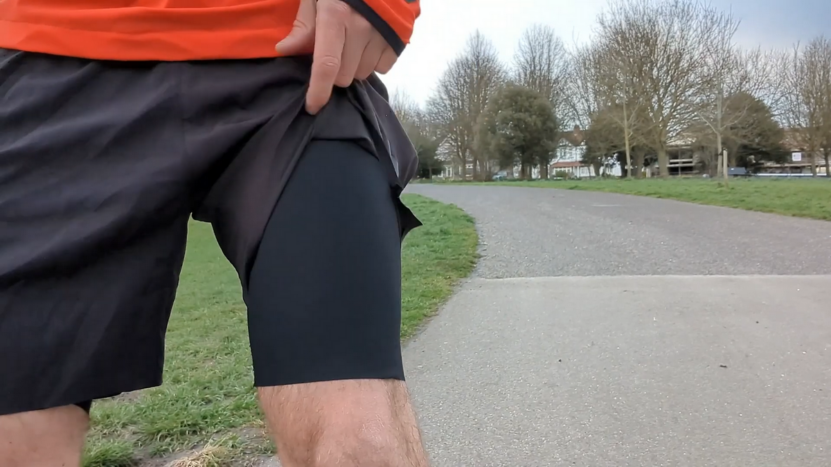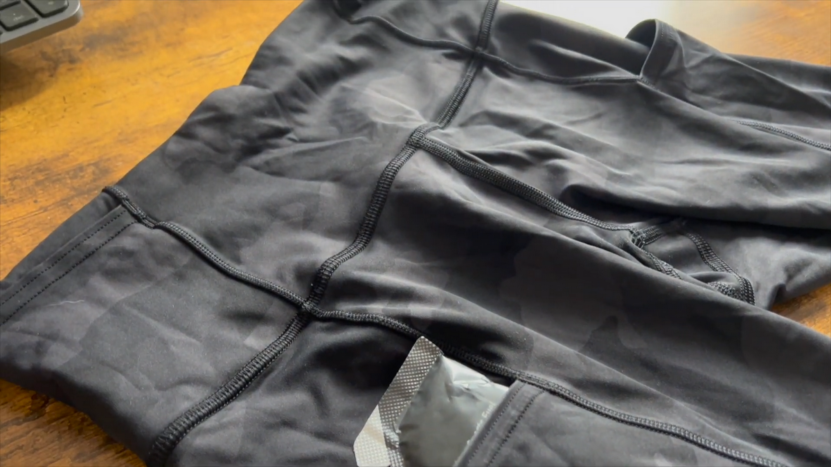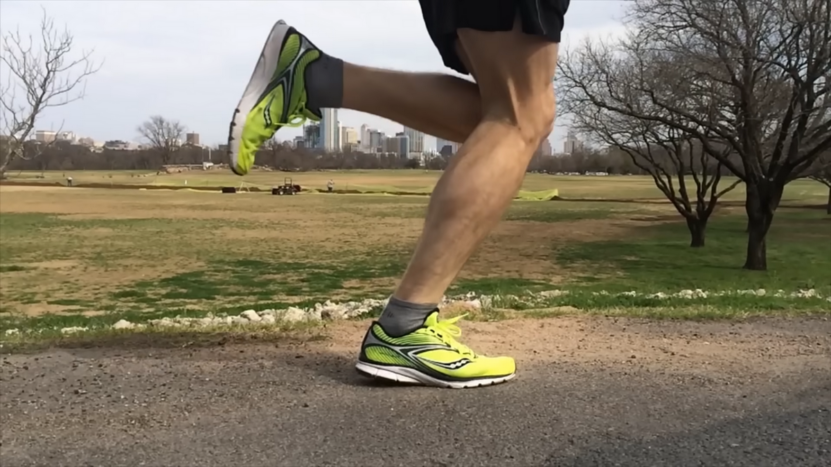Marathon running requires careful consideration of various factors, including proper attire.
Wearing the right clothing can significantly impact a runner’s performance and comfort.
As you can presume, there are plenty of things we can talk about, but we will focus solely on one today.
Typical Clothing for Marathon Runners

Marathon runners typically wear lightweight, moisture-wicking clothing designed to keep them cool and dry.
Common attire includes shorts, tank tops, or T-shirts made from technical fabrics that efficiently wick away sweat.
These materials help maintain body temperature and prevent overheating during long runs.
Functionality and comfort are paramount in marathon clothing.
Runners need to avoid anything that could cause irritation or chafing for 26.2 miles (ca. 42 km).
Seams, tags, and poorly fitting garments can lead to painful sores and blisters.
Therefore, most marathon attire is designed with minimal seams and smooth, flat lock stitching.
Marathon runners often wear specialized gear, such as:
- Compression socks
- Arm sleeves
- Lightweight hats or visors
These items enhance performance and provide additional comfort.
The primary goal is to ensure that nothing distracts or hinders the runner from achieving their best performance on race day.
Rarely Worn Item: Pants
Pants are rarely seen in marathon races due to their potential drawbacks. One of the main reasons is the restriction of movement.
Marathon runners need a full range of motion for their legs to maintain an efficient stride.
Pants, especially those made from non-stretch fabrics, can limit this movement, leading to inefficient running mechanics and increased fatigue.
Another significant issue with wearing pants during a marathon is increased heat retention.
Pants cover the entire leg, trapping more heat and potentially leading to overheating.
Overheating can cause dehydration, reduced performance, and, in severe cases, heat-related illnesses.
Pants can also cause chafing, especially in areas where the fabric rubs against the skin repeatedly.
Long-distance runners are particularly susceptible to chafing, which can become a serious issue throughout a marathon.
The friction from pants can exacerbate this problem, making shorts or other alternatives a more practical choice.
Benefits of Not Wearing Pants

Not wearing pants during a marathon offers several benefits.
One of the most significant advantages is enhanced freedom of movement.
Shorts or lightweight leggings allow runners to move their legs freely, maintaining a natural and efficient stride.
This freedom is crucial for sustaining pace and reducing fatigue over long distances.
Better ventilation and temperature regulation are also key benefits.
Shorts and other lightweight garments promote airflow, helping to dissipate heat more effectively.
Avoiding pants also reduces the risk of discomfort and chafing. With fewer fabric areas in contact with the skin, there is less friction and irritation.
Situations Where Pants Might Be Worn
Despite the drawbacks, there are situations where marathon runners might opt to wear pants.
Cold weather conditions are a primary reason. In cooler temperatures, pants can provide additional warmth, helping to maintain optimal muscle function and prevent hypothermia.
Runners may choose thermal pants or tights specifically designed for cold-weather running.
Some pants come with built-in compression, offering muscle support and potentially enhancing performance.
Compression pants can reduce muscle oscillation, delay fatigue, and aid in recovery.
These benefits can be particularly appealing for runners with specific needs or those aiming to minimize muscle soreness post-race.
Protection against elements such as wind, rain, or rough terrain is another reason runners might wear pants. Waterproof or windproof pants can shield against:
- Harsh weather
- Keeping runners dry
- Reducing wind resistance
In trail marathons, pants can also protect against scrapes and cuts from rough terrain.
The Bottom Line
Choosing the right attire for marathon running is essential for performance and comfort.
While pants are rarely worn due to their limitations, there are situations where they may be beneficial.

